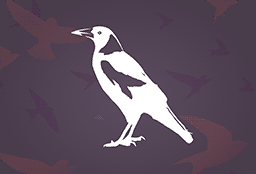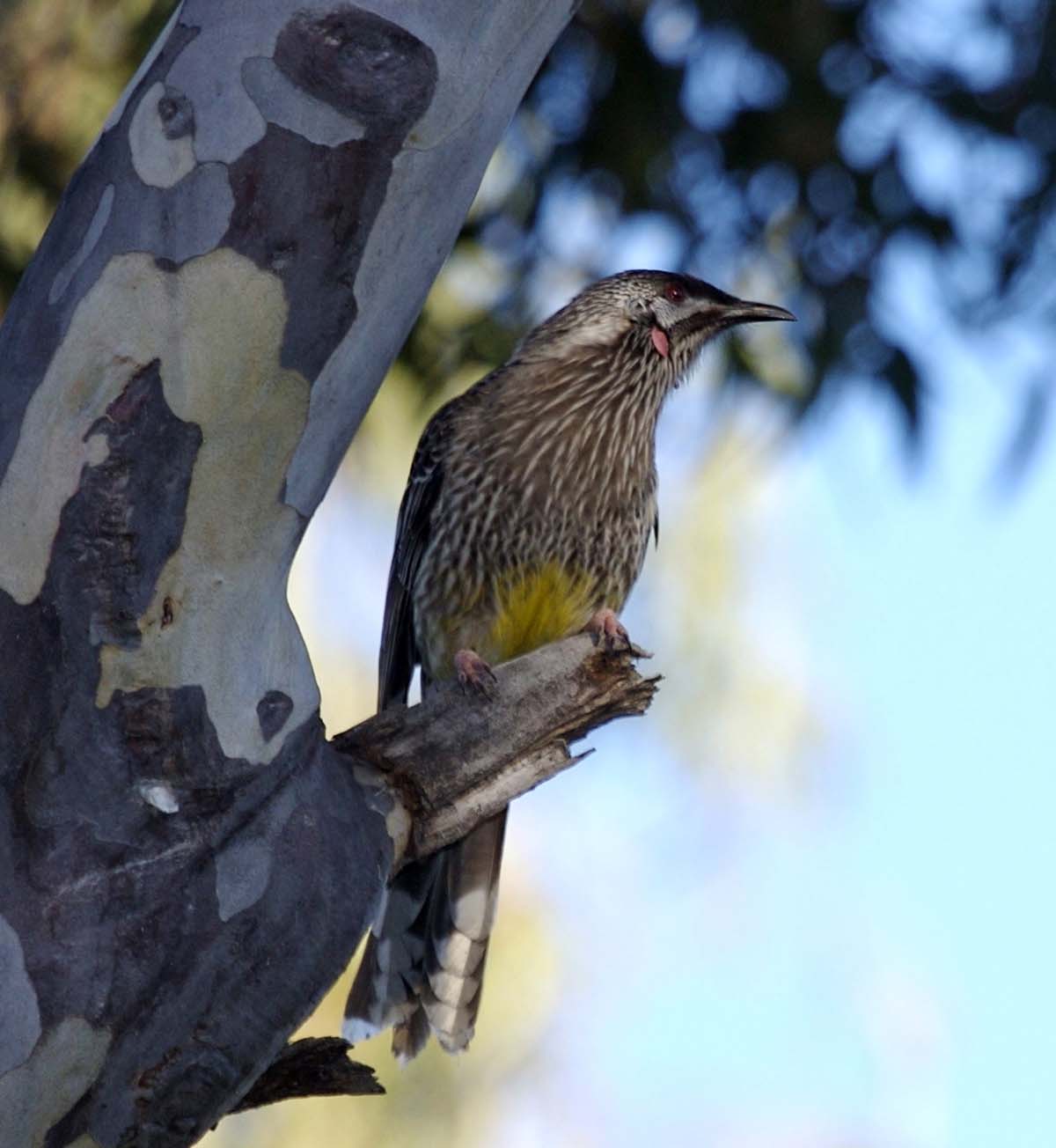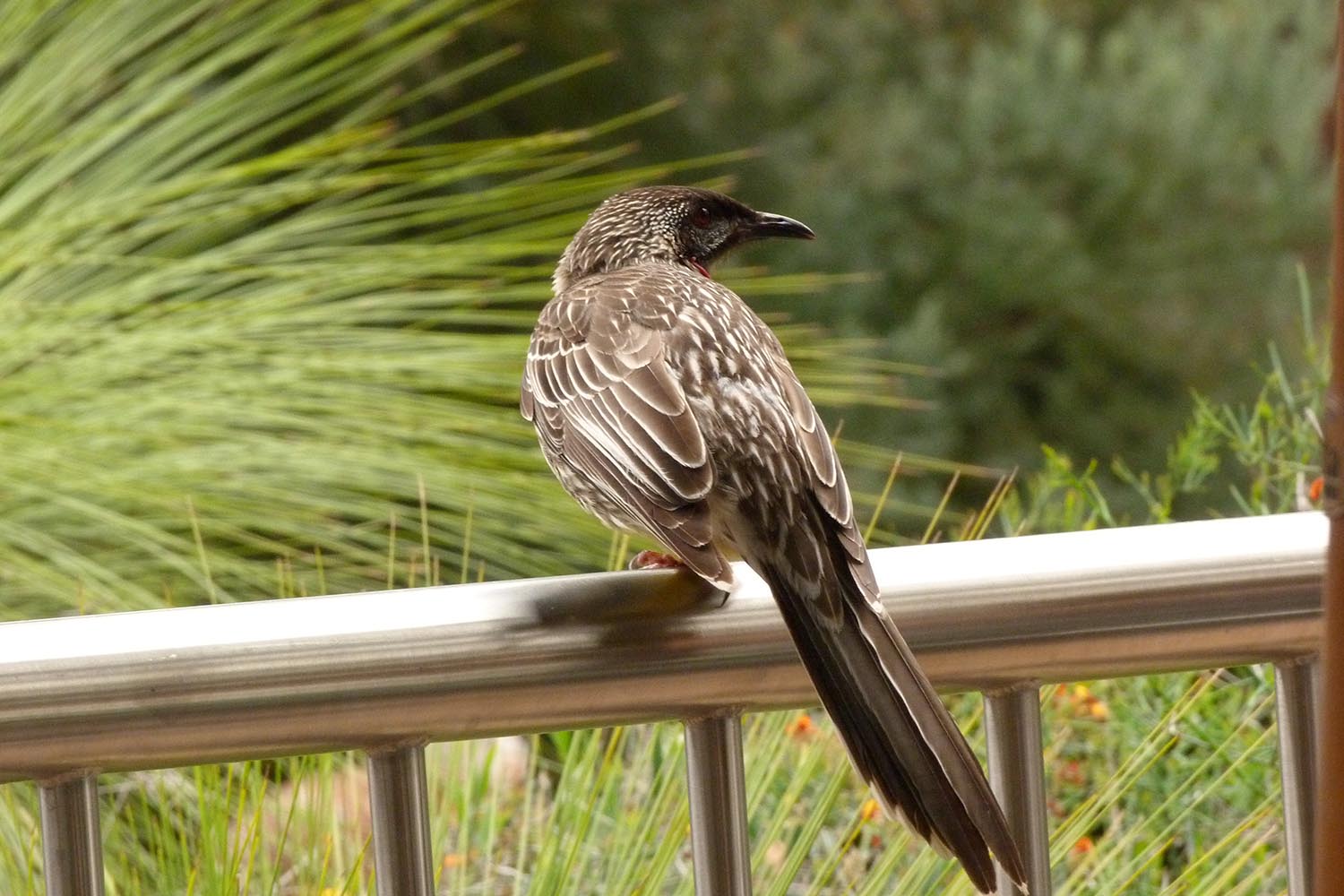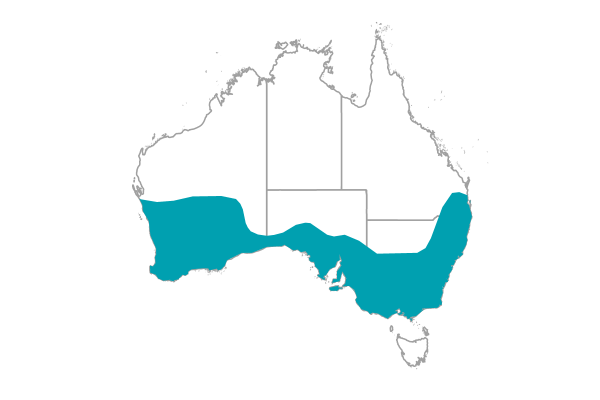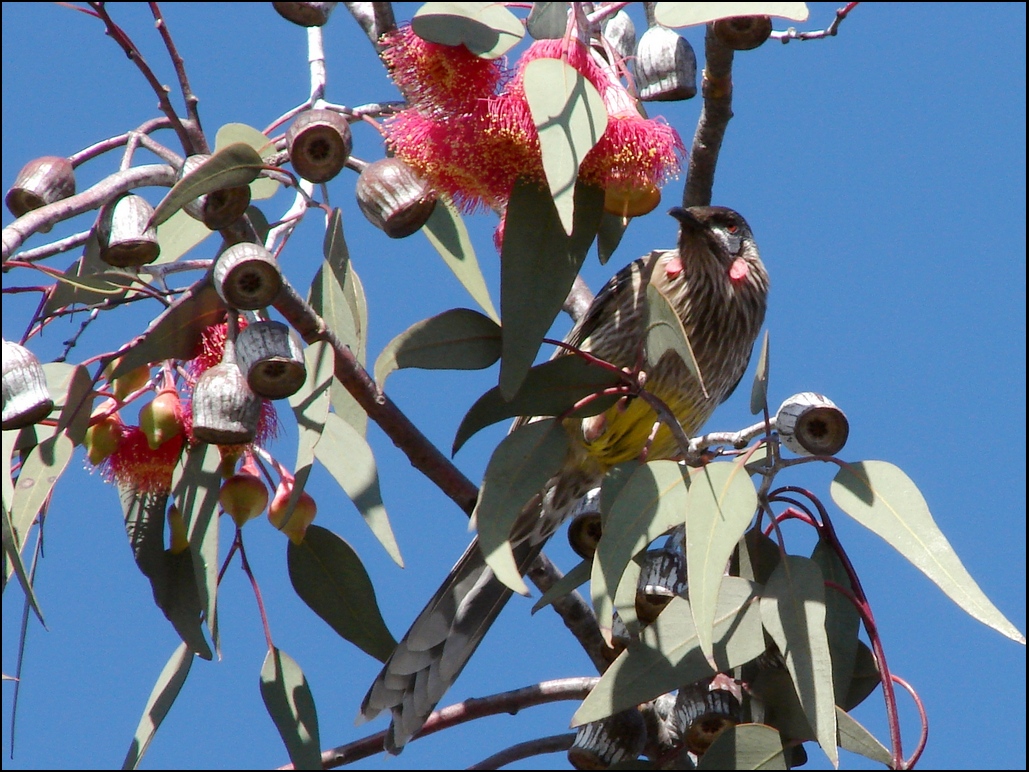Behaviour
Call
The male produces a loud cackle and the female a whistling call. The male’s call can be described as a squawking, coughing or hiccupping sound with the occasional harsh ‘yac a yac’ and ‘chock’ sound from both sexes.
Diet
Primarily feed on nectar but have been observed feeding on insects and small fruits.
Breeding
July to December, though occasionally outside these months if conditions are favourable. One or two broods are laid each year.
Field Guide
Improve your identification skills. Download your Redwattle Bird field guide here!

